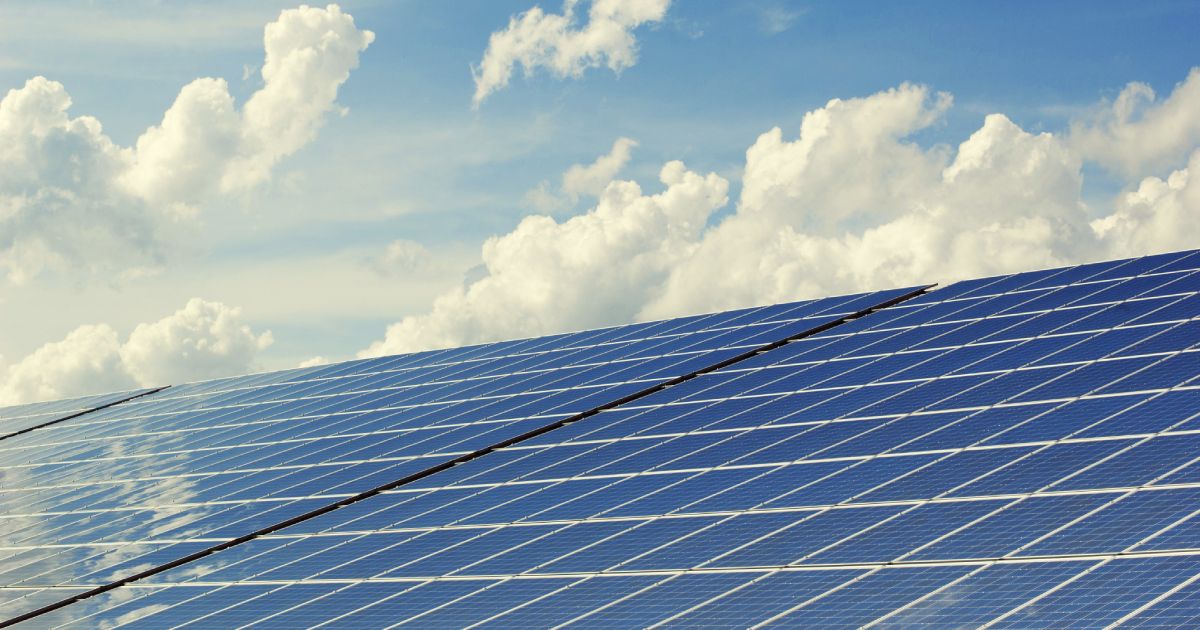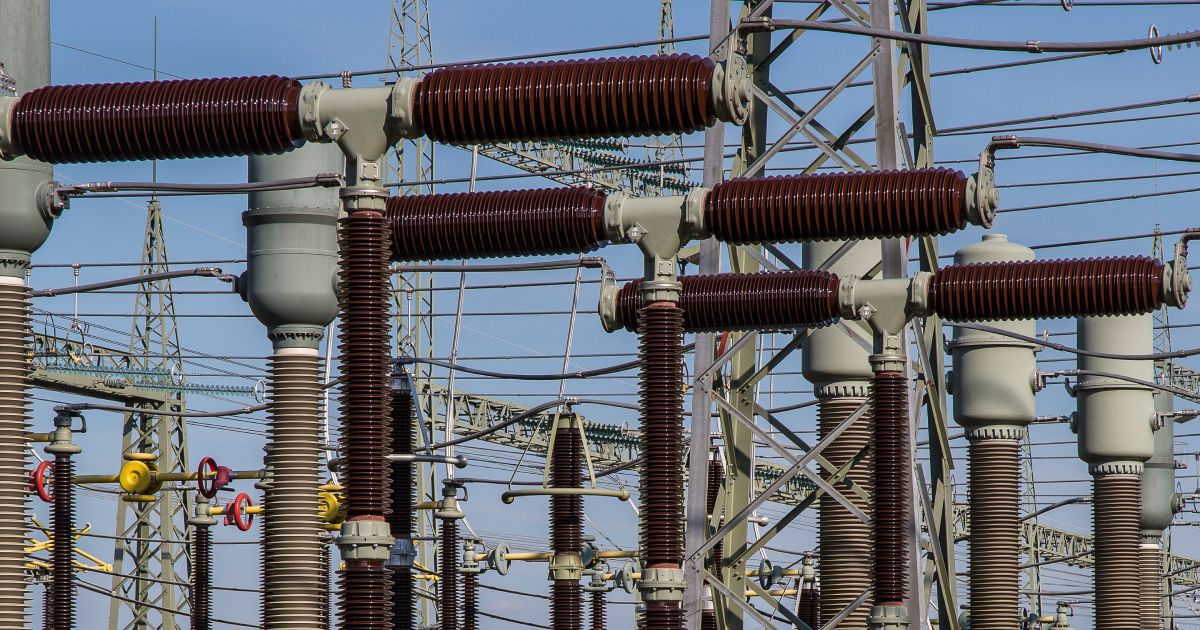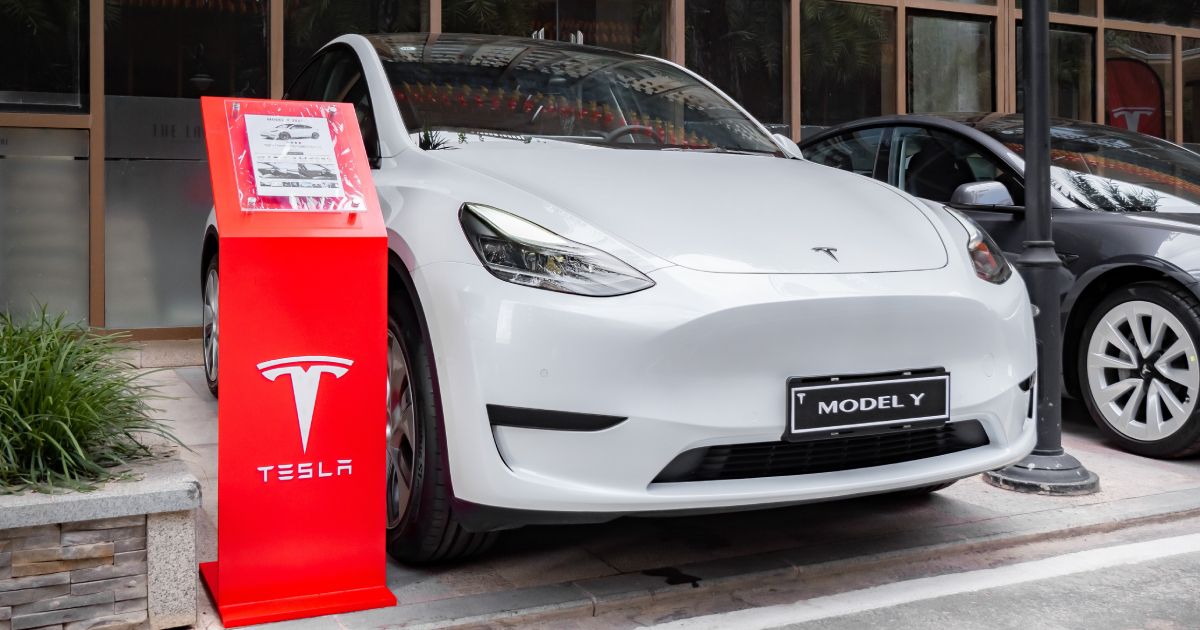5 Green Tech Solutions for a Sustainable Future

As concerns about climate change and environmental sustainability grow, the adoption of green tech solutions becomes increasingly crucial.
Green tech, also known as clean tech, refers to the application of innovative and eco-friendly technologies to address environmental challenges and promote sustainable practices.
This article explores some of the most promising green tech solutions that hold the potential to shape a sustainable future for our planet.
1) Renewable Energy Sources

At the forefront of green tech solutions lies the extensive utilization of renewable energy sources. With a strong emphasis on sustainability, the adoption of solar power, wind energy, hydroelectric power, and geothermal energy offers compelling alternatives to traditional fossil fuels.
Solar panels, a prime example of green energy technology, efficiently convert sunlight into electricity, providing a clean and virtually inexhaustible energy supply. Similarly, wind turbines harness the kinetic energy of wind to generate electricity, offering a renewable and eco-friendly source of power. Additionally, hydroelectric power plants leverage the force of flowing water to produce electricity, while geothermal energy taps into the Earth's natural heat to generate clean and sustainable power. By embracing these diverse renewable energy sources, not only do we reduce harmful greenhouse gas emissions, but we also strengthen our energy independence, fostering a greener and more sustainable energy landscape for generations to come.
The growing emphasis on renewable energy signifies a fundamental shift towards a cleaner and more environmentally conscious energy future. As advancements in green tech continue to improve the efficiency and accessibility of renewable energy sources, we stand at the cusp of a transformative energy revolution. Embracing sustainable energy alternatives not only contributes to mitigating climate change and reducing our ecological footprint but also promotes a transition towards greater energy independence and resilience.
By investing in the development and implementation of renewable energy solutions, we can pave the way for a greener, more sustainable world that ensures a cleaner, healthier, and brighter future for both the planet and its inhabitants.
2) Smart Grid Technology

The implementation of smart grid technology is revolutionizing the way energy is managed and distributed, paving the way for a more efficient and sustainable energy future. Smart grids harness cutting-edge sensors, advanced communication systems, and powerful data analytics to optimize energy usage and enhance grid efficiency.
By intelligently detecting fluctuations in energy demand, these systems can adjust energy distribution in real-time, ensuring that energy is directed precisely where it is needed most efficiently. As a result, smart grids contribute to minimizing wastage and reducing energy losses, making the entire energy distribution process more environmentally friendly.
One of the key benefits of smart grid technology lies in its ability to empower consumers with valuable real-time data on their energy consumption. By providing consumers with insights into their energy usage patterns, smart grids enable informed decision-making and encourage energy-saving practices. Armed with this knowledge, consumers can proactively adjust their energy usage, potentially leading to lower electricity bills and reduced environmental impact.
Through the seamless integration of smart grid technology, our energy infrastructure becomes more reliable, resilient, and eco-friendly, ultimately fostering a sustainable energy landscape for future generations.
3) Green Building Design and Materials

The construction industry is experiencing a remarkable transformation with the adoption of green tech solutions, particularly in the realm of green building design and materials. Sustainable construction practices are at the forefront of reducing environmental impact throughout a building's entire lifecycle.
Emphasizing eco-friendly building materials, such as recycled or rapidly renewable resources, and incorporating energy-efficient designs, green buildings aim to minimize their carbon footprint while promoting sustainability. These innovative approaches also integrate renewable energy solutions, such as solar panels or geothermal heating systems, to power heating, cooling, and lighting, further reducing reliance on traditional energy sources and mitigating environmental strain.
In addition to addressing energy concerns, green building practices prioritize the well-being of occupants by focusing on indoor air quality, water conservation, and waste reduction. Advanced ventilation systems ensure that indoor environments are healthier, promoting better respiratory health and overall well-being. Water-saving fixtures and systems help conserve water resources, while efficient waste management strategies seek to minimize the impact on landfills and promote recycling.
By harmoniously combining environmental responsibility with thoughtful design, green buildings exemplify the potential for creating sustainable structures that embrace modern technologies and contribute positively to the preservation of our planet.
4) Energy-Efficient Transportation

In the pursuit of a sustainable future, tackling the environmental challenges posed by transportation holds immense significance. Green tech solutions have revolutionized the transportation sector, with a strong focus on electric vehicles (EVs), hybrid vehicles, and advancements in public transportation systems.
EVs, in particular, like Tesla and Toyota have emerged as a leading eco-friendly alternative to traditional gasoline-powered cars. By producing zero tailpipe emissions and relying on electricity, which can be sourced from renewable energy, EVs contribute significantly to reducing greenhouse gas emissions and combating air pollution. Their growing popularity has spurred advancements in battery technology and charging infrastructure, making them more accessible and practical for widespread adoption.
Innovative green tech solutions are also reshaping the transportation landscape through autonomous vehicles and ridesharing platforms. Autonomous vehicles offer the potential for safer and more efficient transportation, as they can optimize routes and minimize traffic congestion. Additionally, ridesharing platforms promote resource sharing, reducing the number of individual vehicles on the road and lessening their environmental impact.
By embracing these sustainable transportation options and continuously innovating, the green tech industry strives to create a greener, more efficient transportation network that aligns with the vision of a sustainable future.
5) Circular Economy Initiatives

Green tech solutions are not limited to singular technologies but also encompass broader economic models that prioritize sustainability. One such innovative approach is the circular economy, which advocates for a regenerative cycle of production and consumption.
Unlike the traditional linear economy, which follows a linear "take-make-dispose" pattern, the circular economy aims to reduce waste by designing products with durability and recyclability in mind. It encourages the repurposing, refurbishing, and recycling of materials, ensuring that resources are utilized to their fullest potential. By adopting this circular approach, businesses and industries can move away from the throwaway culture and embrace practices that minimize waste generation and extend the lifespan of products, ultimately reducing the strain on natural resources and curbing environmental pollution.
The transition towards a circular economy has profound implications for various industries. Embracing sustainable practices and closed-loop systems can lead to significant resource savings and reduced carbon emissions. By encouraging innovative product design and responsible material sourcing, the circular economy fosters a more resilient and environmentally conscious economic ecosystem.
Additionally, this transformative economic model promotes a shift towards more sustainable consumer behavior, raising awareness about the importance of conscious consumption and the long-term impact of individual choices. As circular economy principles gain momentum, they pave the way for a more sustainable and regenerative future that respects ecological limits and prioritizes the well-being of both society and the planet.
Final Thoughts
Green tech solutions present a myriad of opportunities for building a more sustainable future. By embracing renewable energy, optimizing energy distribution, adopting eco-friendly building practices, promoting energy-efficient transportation, and transitioning to a circular economy, we can collectively reduce our ecological footprint and mitigate the adverse effects of climate change.
The continued innovation and adoption of green tech are pivotal in securing a greener, healthier planet for generations to come. As individuals, businesses, and governments work together to integrate these green tech solutions into our daily lives, we take significant steps toward a more sustainable and resilient future.





